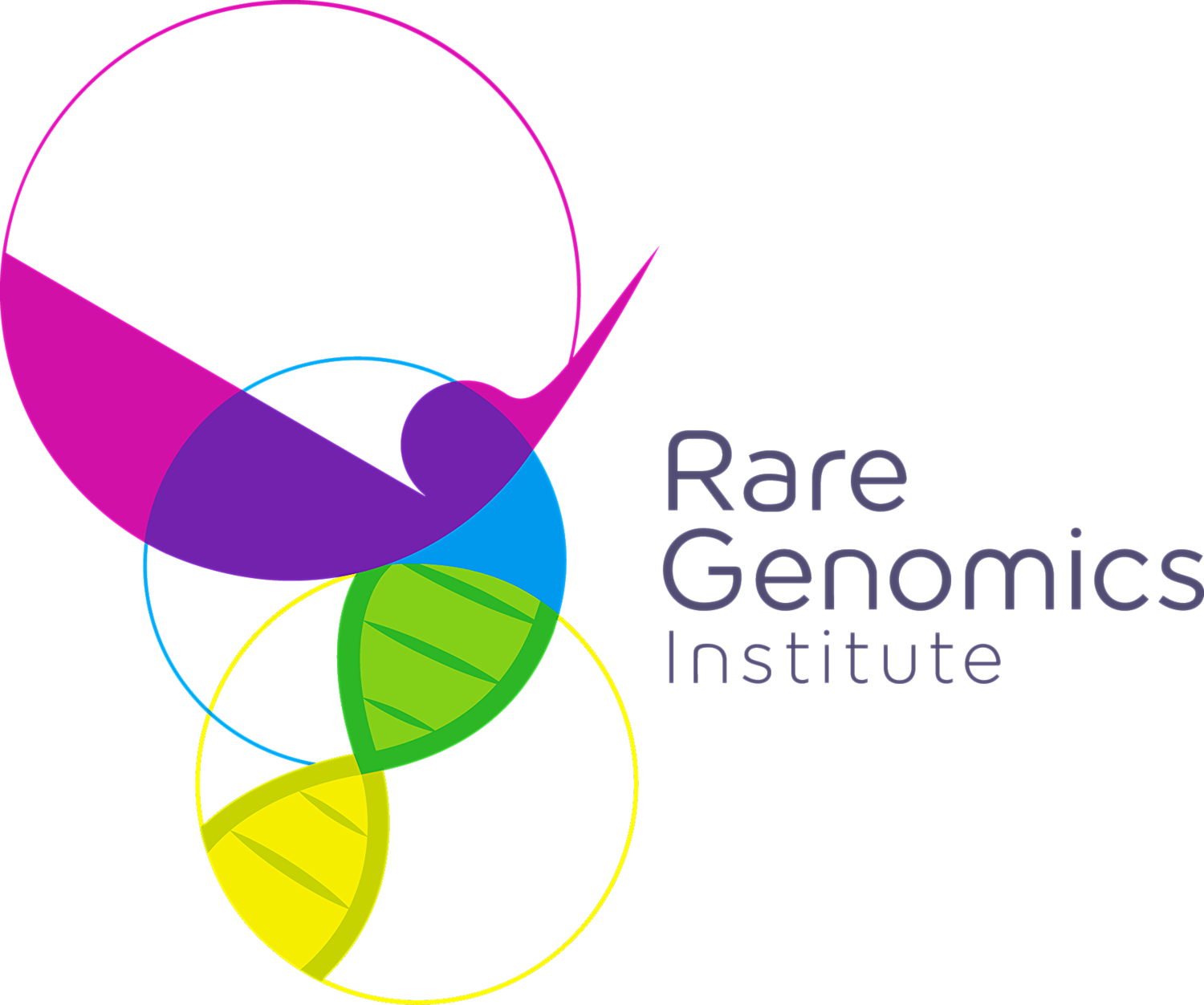The Scientist, May 2018 Issue | By Jim Daley | May 1, 2018 : Researchers at the Rare Genomics Institute look at how families finance the cost of diagnostic exome sequencing.
It was a parent who first approached Romina Ortiz, the COO and vice president of patient advocacy at the Rare Genomics Institute (RGI), about crowdfunding. The mother of Maya Nieder, a developmentally disabled 4-year-old, was looking for a way to raise money for her daughter’s whole-exome sequencing, which reveals the intricacies of protein-coding genes (see “Answers in the Exome” here).
Ortiz had cofounded the nonprofit in 2011 to connect physicians, researchers, and rare-disease patients to laboratories that could conduct diagnostic genome sequencing, and to help scientists in those labs find funding. It wasn’t easy at first.
“We by no means were experts at raising funds, so we really wanted to see how else we could help our [patients’] families,” says Ortiz.
In 2012, the RGI managed to raise $3,550 through crowdfunding to sequence Nieder’s exome. The genetic results revealed that the child had a mutation in a single gene that researchers thought was responsible for her disorder. The finding was the first example of a crowdfunded gene discovery.
[Click Here To Read The Article]1




